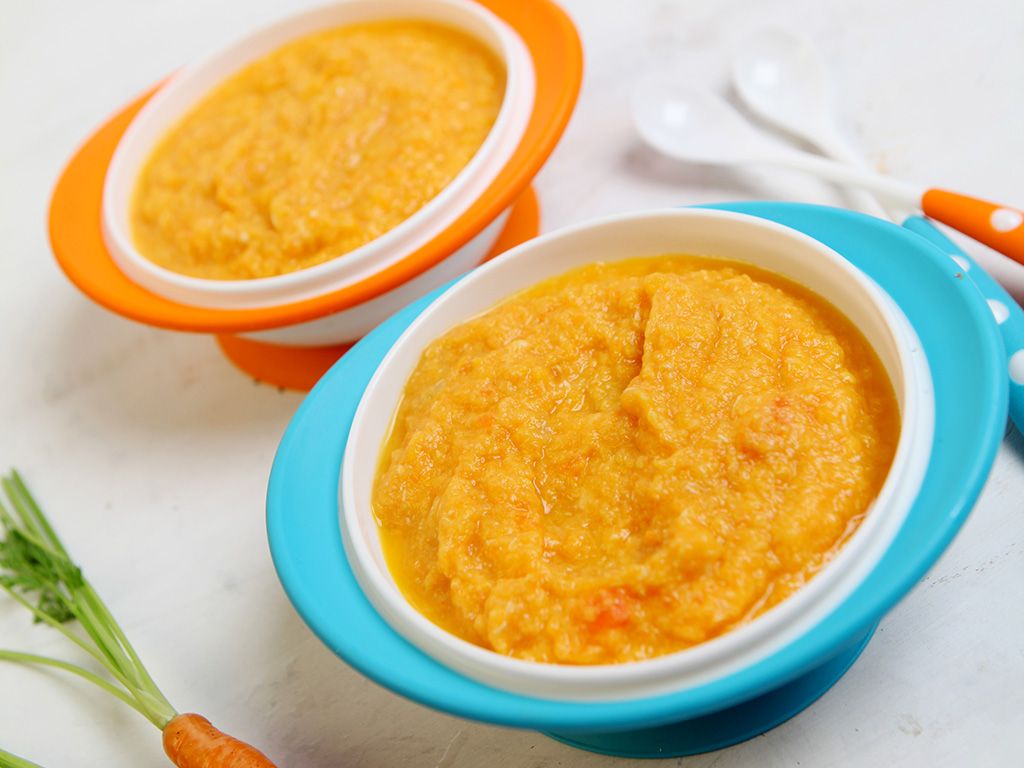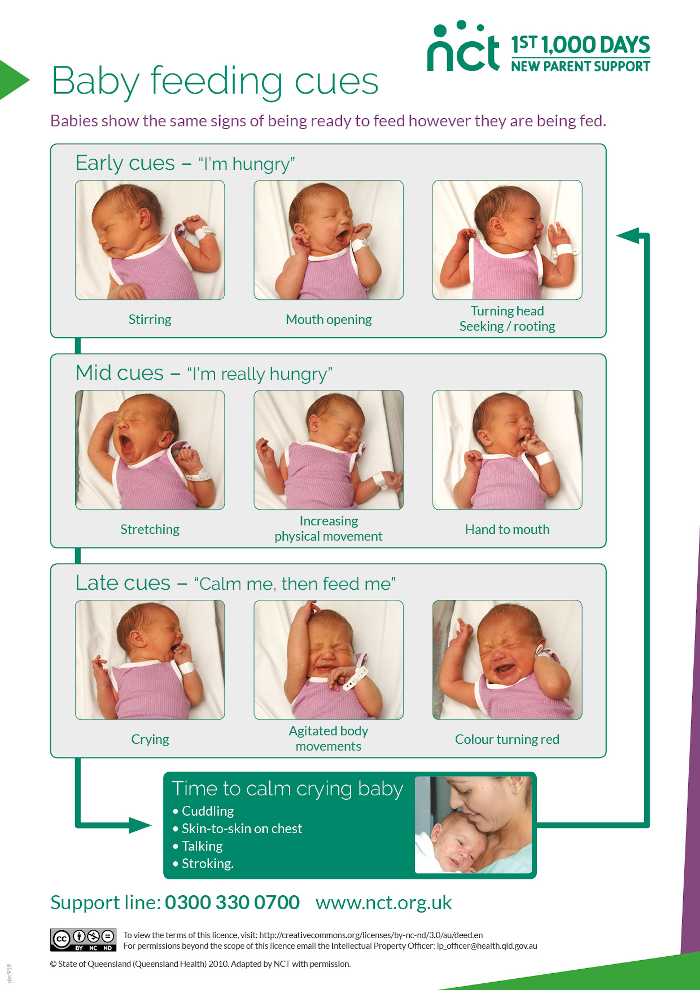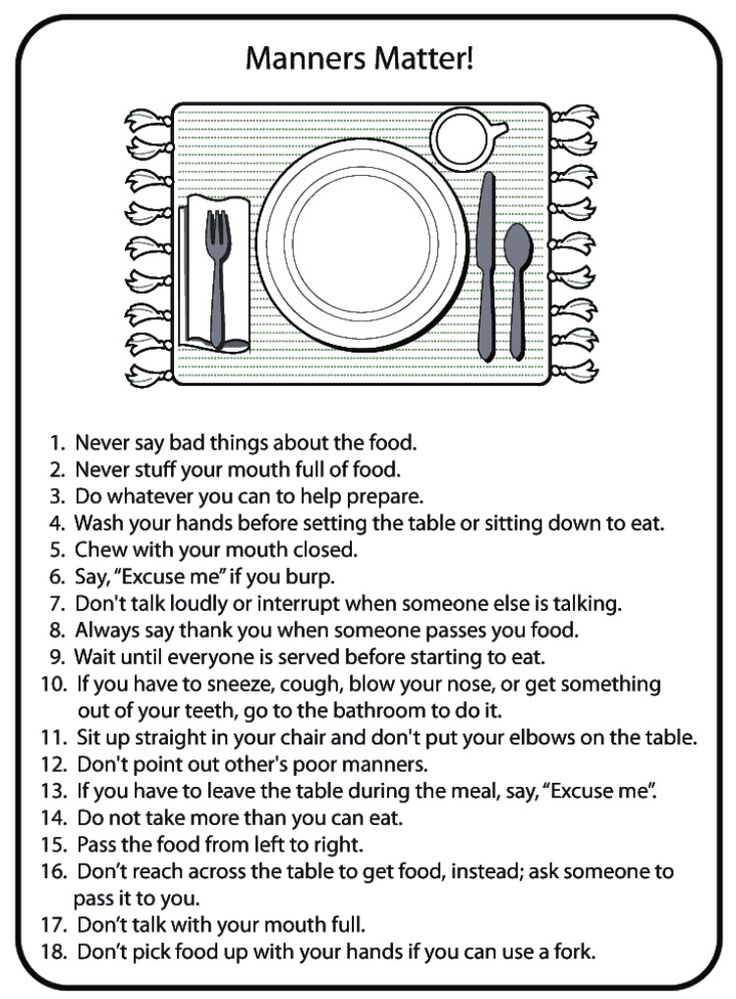How to make chicken baby food at home
Basic Chicken Baby Food Recipe (6 months - Stage 1)
Home » Feeding Style » Baby Food Purees » Stage One » Basic Chicken Baby Food Recipe
This homemade Basic Chicken Baby Puree is a great addition to your baby’s favorite purees for extra protein and flavor! It’s an incredibly simple recipe with big flavor and nutrition! It’s perfect as a Stage One Baby Food or 6+ months.
Medically reviewed by Jamie Johnson, Registered Dietitian Nutritionist (RDN), and Lauren Braaten, Pediatric Occupational Therapist (OT).
Chicken Baby PureeChicken 🍗 is full of essential vitamins, fat, and protein that your baby needs for their development. But pureed chicken for your baby? 🤔
I know, I know, I know. Pureed chicken for baby sounds… err.. gross. I get it! I was once thinking the same thing when I started my baby food journey because my only reference to a chicken puree for your baby was a self-stable store-bought chicken puree, which is 💯% not the best (trust me, I tasted them all).
And if I don’t want to eat it, I’m not going to serve it to my baby!
Baby food should be as good, if not better, than the food we eat.
But guys, without bias, this homemade chicken baby food puree is legit! It is gently cooked with chicken, earthy parsley, and a deep, rich broth. The key here is to cook the chicken just right — we do not want overcooked chicken. Then, we blend it up with a little extra broth, and you have yourself a creamy puree that tastes like a blended chicken noodle soup.
While some babies love this taste of a meat puree, others might find it a bit intense. That is totally okay. For starters, you can mix this chicken puree into any other fruit or veggie baby food you know your little one will love.
Is it your first time making homemade baby food? Then I suggest you start this journey by reading my in-depth Guide on How to Make Homemade Baby Food. The detailed guide goes over all the important information such as the best cooking tools to have on hand, safe storage, how to know when baby is ready for solids, how to introduce purees, the best first foods for baby, and more! You can also check out my best-selling cookbook for even more information and recipes!
Chicken Puree for Baby Video
Watch this video to see how easy this Chicken Puree recipe is to make!
Reasons to Love this Basic Chicken Puree- simple yet flavorful
- packed with protein
- great to add to any other fruit or veggie puree that baby loves
- baby food for 4 months and up
- stage 1 baby food
- freezer-friendly
- homemade
Make sure to read the recipe card below for the full list of ingredients and instructions!
- Chicken: As random as it may seem, chicken is the star of the show in this puree.
 We are going to use an 8oz piece of boneless skinless chicken breast for this recipe. You can also use chicken thighs, but the puree will have a slightly different taste due to the higher fat content found in chicken thighs compared to breasts. You can also easily scale up this recipe if you want more than 12 ounces of baby food.
We are going to use an 8oz piece of boneless skinless chicken breast for this recipe. You can also use chicken thighs, but the puree will have a slightly different taste due to the higher fat content found in chicken thighs compared to breasts. You can also easily scale up this recipe if you want more than 12 ounces of baby food. - Broth: To get that rich, deep chicken flavor, we will cook our chicken in chicken broth. I recommend using a low-sodium, sodium-free, or free-range chicken bone broth for this recipe. You can also use any of those variations above with a vegetable broth as well. If you don’t have any of those on hand, you can use water.
- Parsley: We are adding dried parsley to give the puree a little more complex taste. This can easily be omitted if you prefer.
Organic Chicken: I highly recommend using organic chicken for this recipe, if possible. The organic chicken will be free of antibiotics, synthetic pesticides and will be fed a GMO-free diet. Pasture-raised is also recommended for more Omega-3 fatty acids (healthy fats).
Pasture-raised is also recommended for more Omega-3 fatty acids (healthy fats).
- High in protein for healthy muscle growth
- Contains iron, which is necessary to make hemoglobin, a protein in red blood cells
- Contains vitamin B12 for healthy nerve and blood cells and making DNA, and choline that helps promote brain development
- Boil: In a medium saucepan, bring the cubed chicken, broth, and parsley to a boil over medium heat.
- Simmer: Turn the heat down to low and cover the saucepan. Simmer it for 15-20 minutes or until the chicken is just cooked through. Let it cool slightly.
- Puree: Using a slotted spoon, transfer the chicken to a blender or food processor and puree until you reach your desired consistency, adding broth in 1/4 cup increments if needed.
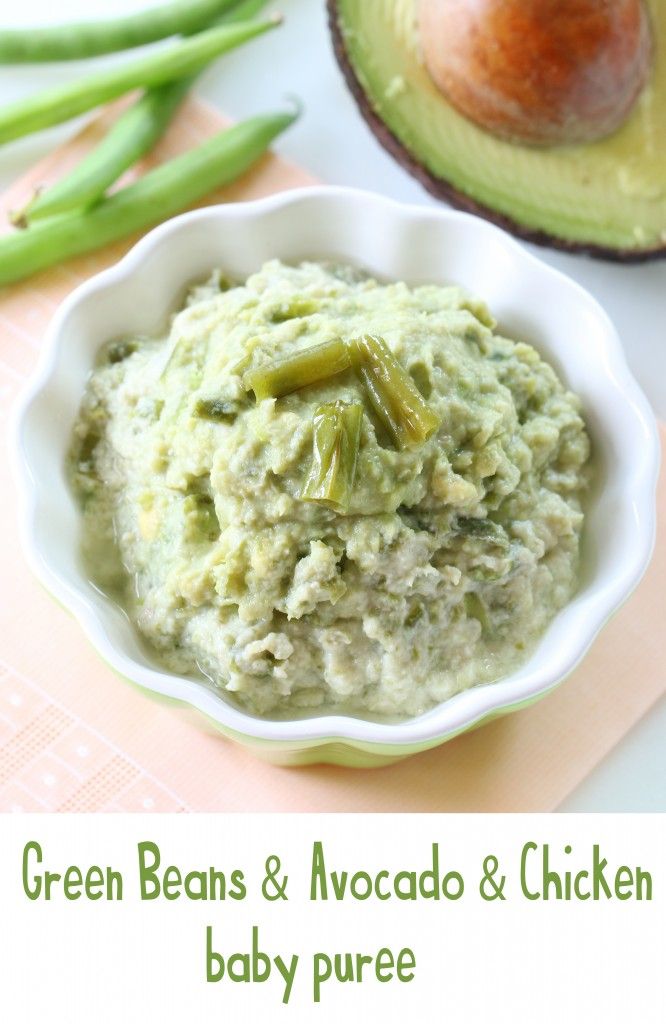
- Eat: Serve to your baby plain or added into another puree.
- Freeze: Store a small portion in the fridge and freeze the rest for another meal.
- Blender or Food Processor
- Storage Containers for Fridge
- Freezer Tray
- Stasher Bag
- highchair
- suction bowl or baby bowl
- Bamboo Baby Spoon
- bib with catch pocket
WeeSprout Silicone Baby Food Freezer Tray
Our favorite freezer storage container for baby food! Made of 100% food-grade silicone and comes with a hard clip-on lid. Large 3oz sections with 2oz markings to make sure you have the right amount for your baby.
View Product
How to Store Chicken PureeRefrigeratorYou can store this puree in an airtight container in the fridge for up to 3 days.
FreezerThis puree can be frozen for up to 2 months.
- Spoon puree into a freezer storage container (this is my favorite freezer storage container). Do not overfill.
- Place the lid on the storage container or cover with a piece of saran wrap, and label with the date and recipe name.
- Place the tray into the freezer and let it freeze completely — preferably overnight.
- Pop-out the baby food cubes and place them in a ziplock baggie or stasher bag. Don’t forget to relabel the baggie or stager bag for future reference.
Need more information on how to store your baby foods? Head over to my Best Baby Food Storage Containers – Plus 6 Tips on Freezing and Thawing post!
Label Tip: Don’t forget to label your purees before you place them in the fridge or freezer with the name of the puree and the date you made it. Take it from me; by the end of the week, you will completely forget what is in your freezer and how long it’s been there 😉
Frequently Asked Questions
When can baby eat chicken puree?
Baby can eat chicken as one of their first foods.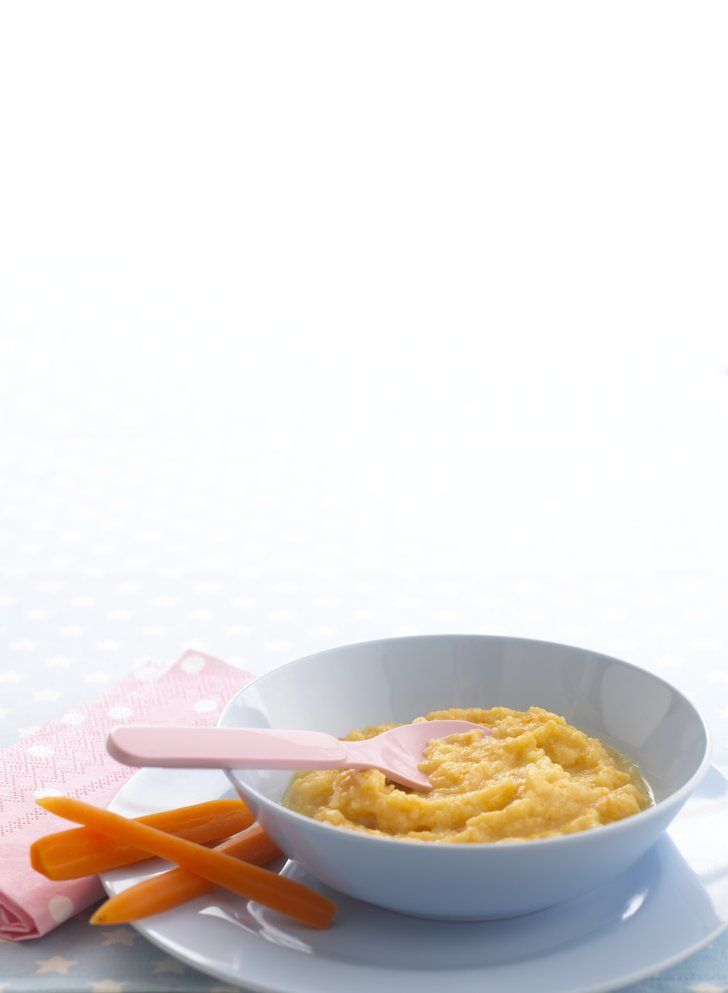 When a baby can start on solids is determined by their own rate of development, which generally comes between 4-6 months of age. Some of the developmental milestones babies need to reach in order to start solids include: if your baby has solid control of their head and neck, if your baby has doubled in weight, and if your baby is reaching for or opening their mouth when you eat (see my guide here). Before you start your baby on purees, you should consult with your pediatrician to make sure your child is developmentally ready for purees.
When a baby can start on solids is determined by their own rate of development, which generally comes between 4-6 months of age. Some of the developmental milestones babies need to reach in order to start solids include: if your baby has solid control of their head and neck, if your baby has doubled in weight, and if your baby is reaching for or opening their mouth when you eat (see my guide here). Before you start your baby on purees, you should consult with your pediatrician to make sure your child is developmentally ready for purees.
Can chicken be baby’s first food?
Chicken can 100% be your baby’s first food if you want it to be. It is recommended to wait to introduce the top eight allergen foods to your baby once a few other well-tolerated foods have been introduced, but otherwise, foods can be introduced in any order so choose whatever you are most excited for your baby to have.
Is chicken a common allergen for baby?
No, chicken is not a common allergen, however, as with any food, start with a small portion and be aware of any signs that might be an allergic reaction after introducing it.
Does chicken cause constipation for babies?
No, chicken is not known to cause constipation in babies, however, it won’t really help with constipation either since it lacks fiber.
Can you freeze and then thaw the cooked chicken?
Yes, you can freeze and then thaw this chicken puree to serve to your baby. I would recommend you use fresh (not previously frozen) chicken and that you gently reheat it as to not make it too tough of a texture for your baby.
Great Chicken Combination PureesWhile this chicken baby food is great by itself, it can be a little intense for some babies. I recommend mixing it into one of your babe’s favorite purees as an introduction to the rich taste of chicken. Here are some great purees to mix with the chicken puree:
- Apples
- Sweet Potato
- Pear
- Carrot
- Broccoli
- Pea
- Mango
Recipe
Tips- Use a Slotted Spoon: When transferring the chicken from the saucepan to the blender, make sure to use a slotted spoon so you don’t add too much broth into the puree from the start.
 You only want to add broth if needed while blending. I had to add a 1/4 cup of broth to the blender while I was pureeing this chicken.
You only want to add broth if needed while blending. I had to add a 1/4 cup of broth to the blender while I was pureeing this chicken. - Reheat Gently: If you are freezing some of this chicken puree, reheat it in 20-second intervals. You don’t want to recook the chicken.
Puree Feeding Tips
- Trial adding a little seasoning or spice to purees – babies like flavor! Or consider changing the temperature of purees from time to time, to slightly warmed or slightly chilled. Varying these aspects adds to the sensory experience!
- Place a small amount of puree on the tray during spoon feeding, so that your baby can dip their fingers or hands in the puree. Allowing baby to explore foods in this way helps them learn to self-feed and can help them be more willing to try new textures and foods in the future.
- Have a spare spoon (or three!) – even very young babies often want to be involved in feeding themselves as much as possible.
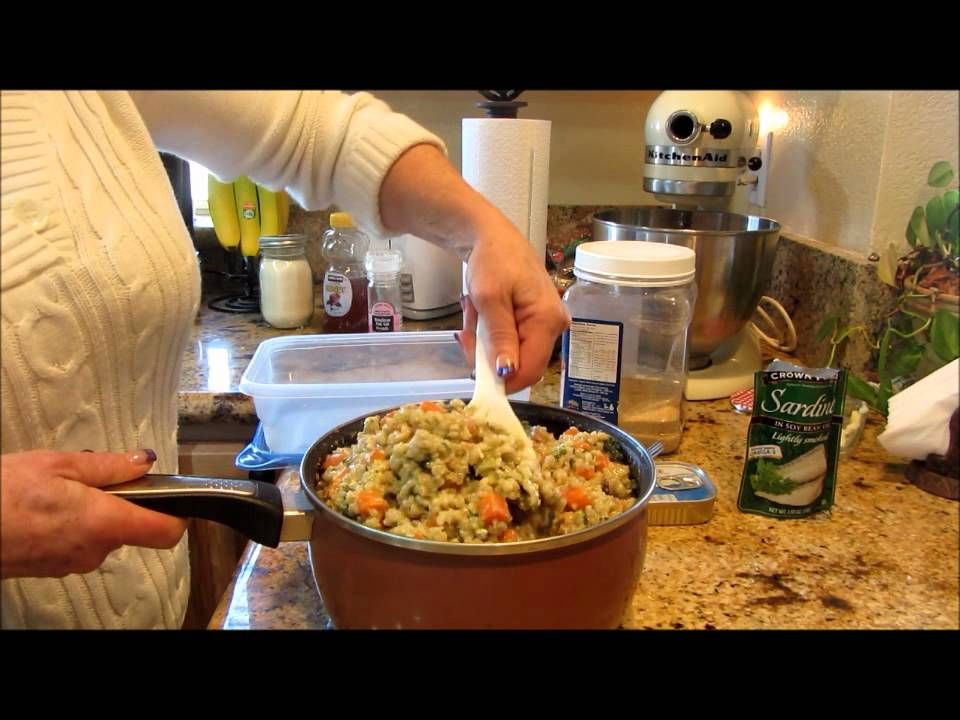 Giving baby an extra spoon to hold can be helpful in giving her a sense of control and also promotes hand-eye coordination.Allow baby to use spoons as a teether during the meal. There are many great options out there but a few we particularly love include the Olababy 3 Piece Set, the NumNum Pre-Spoon GOOtensils, and the ChooMee FlexiDip Baby Starter Spoons.
Giving baby an extra spoon to hold can be helpful in giving her a sense of control and also promotes hand-eye coordination.Allow baby to use spoons as a teether during the meal. There are many great options out there but a few we particularly love include the Olababy 3 Piece Set, the NumNum Pre-Spoon GOOtensils, and the ChooMee FlexiDip Baby Starter Spoons.
Or watch a shortened version of this video here.
- 1 8-ounce boneless skinless chicken breast or thighs, cubed
- 2 cups chicken or veggie stock, low-sodium or sodium-free
- 1 tsp dried parsley (optional)
Boil: In a medium saucepan, bring the cubed chicken, broth and parsley to a boil over medium heat.

Simmer: Turn the heat down to low and simmer, covered, for 15 minutes or until chicken is just cooked through. Let cool slightly.
Transfer: Using a slotted spoon, transfer the chicken to a blender or food processor, leaving the broth in the saucepan. Reserve the broth
Puree: starting on low and working your way up to high-speed, puree the chicken until you reach your desired consistency, adding in broth in 1/4 cup increments if needed. I had to add in just 1/4 cup of broth to get the consistency seen in this photo.
Eat: serve to baby plain or added into another puree.
Freeze: store a small portion in the fridge and freeze the rest for another meal.
Extra Healthy Fat : For some extra healthy fat, this puree is also wonderful with a teaspoon of grass-fed butter (salt free) added to the blender right before pureeing.
Age: 4 months and up
Yield: roughly 12 ounces
Storage: Fridge – store in an airtight container in the fridge for 2-3 days. Freezer – can be frozen for up to 2 months (this and this are my favorite freezer storage containers).
Favorite Kitchen Tools: Get a list of my favorite kitchen tools to make the best baby food here!
Blender
Freezer Tray
Bumkins Baby Bowl
Grabease Utensil
Saucepan
Did you make this recipe?
Tag @babyfoode on Instagram and hashtag it #babyfoode!
Pin Recipe Email a Friend
Chicken Puree for Baby- Healthy Little Foodies
All Posts, by Date » Baby Friendly Recipes » Chicken Puree
By: Amy
Jump to Recipe
This chicken puree is a great way for a baby to first try chicken. The meat is cooked and blended with sweet potato carrot and onion for extra flavour and nutrition.
The meat is cooked and blended with sweet potato carrot and onion for extra flavour and nutrition.
Reasons to Love this Puree
- NUTRITION: In general, for 6- to 12-month-old babies, you want to focus on foods that are nutrient-dense and packed with iron.
Chicken is a great source of protein and contains many nutrients that babies need to thrive. These include vitamins B3, B6 & B12, zinc, choline and selenium and iron.
Sweet potato is also a non-heme source of iron and contains vitamin C which aids the absorption of iron.
Read more on iron rich foods. - TEXTURE: Chicken can be dry and gritty/chalky when blended unless you have a very powerful blender and add a good bit of liquid.
Cooking the chicken with some vegetables helps with the texture. - TASTE: Not only do the vegetables help with texture, but they also provide lovely flavour.
 If your baby has previously enjoyed sweet potato puree or carrot puree then this is a good way to introduce chicken.
If your baby has previously enjoyed sweet potato puree or carrot puree then this is a good way to introduce chicken. - FREEZER FRIENDLY: Make a batch and freeze in small portions for busier days/evenings.
Watch How to Make it (Video)
- CHICKEN - Use skinless, boneless chicken breast or thigh meat.
- CHICKEN STOCK / BROTH - Chicken stock/broth adds great flavour but most are unsuitable for babies as they are high in salt. You can make your own baby friendly chicken stock or hunt down some low sodium stocks/stock cubes. You can also water down the stock or simply replace it with water.
A baby under the age of 1 year can only have up to 1g of salt per day so read the label and check the salt levels. Food labels may sometimes write sodium instead of salt, to find the salt equivalent simply multiply the sodium number by 2.5.
Read more about salt for babies. - SWEET POTATO & CARROT - Added for flavour, texture and nutrition.
 Chicken puree can often be dry/chalky in texture. Adding the carrot and sweet potato helps with the texture and adds a lovely sweet flavour.
Chicken puree can often be dry/chalky in texture. Adding the carrot and sweet potato helps with the texture and adds a lovely sweet flavour. - ONION - Added for flavour.
Process Shots (and Cooking Tips)
- SAUTE ONION: This releases the natural sweetness of the onion and provides a lovely flavour base, take 2-3 minutes to do this over medium-low heat.
- SAUTE CHICKEN: Add the chicken and stir for 30 seconds or so, just until the chicken turns opaque.
- ADD CARROT, SWEET POTATO AND STOCK: Add the remaining ingredients. TIP: Make sure to chop your sweet potato and carrot small so that it cooks quicker.
- SIMMER for 15 mins or until the vegetables are fork-tender.
- ADD TO BLENDER/FOOD PROCESSOR: Use a slotted spoon to remove the chicken and vegetables from the cooking stock.
- BLEND until desired consistency is reached.
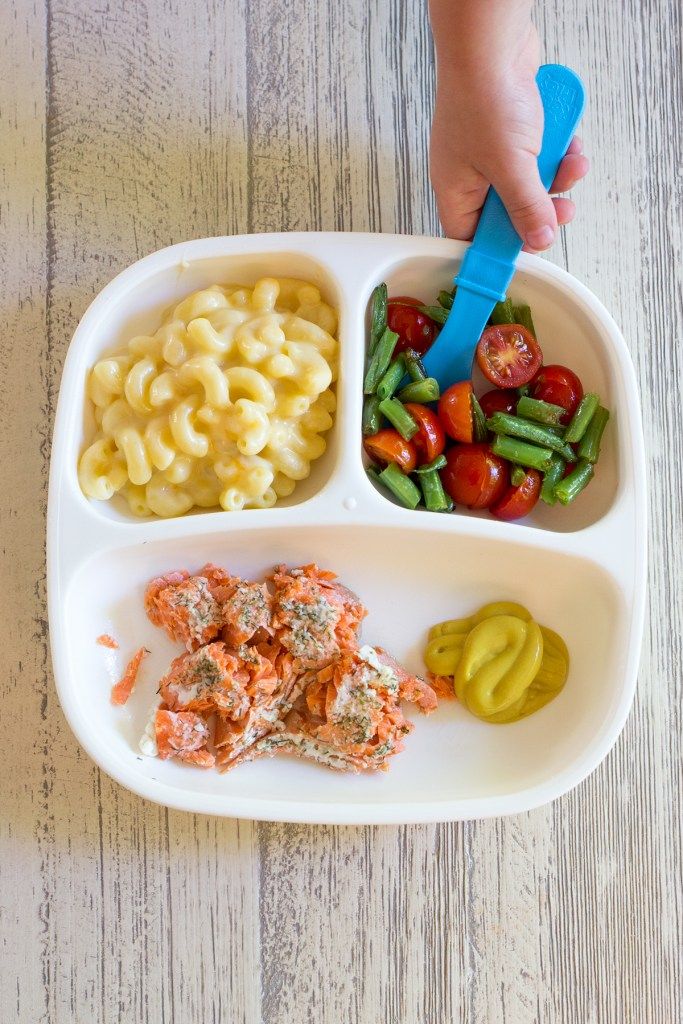 Add tablespoons of the stock to thin the puree. I find around 3-4 tablespoons a good amount.
Add tablespoons of the stock to thin the puree. I find around 3-4 tablespoons a good amount.
Frequently Asked Questions
At what age can a baby have this chicken puree?
You can offer this puree from 6 months.
Storage & Reheating Instructions
Refrigerate
- You can store this chicken puree, in an airtight container, in the refrigerator for up to 2 days.
- Do not store food from a bowl you have previously given your baby. "Double Dipping” from the spoon-to mouth- to container can introduce bacteria from your baby’s saliva which can grow and may cause food poisoning.
Throw away any leftover food from a bowl/container you have been using to feed your baby.
Freeze
- Spoon the puree into ice cube trays or small containers. Cover and freeze until solid.
- When ice cubes are frozen, remove cubes from the tray and store them in a resealable plastic freezer bag or freezer container.

- Label package with contents and date. Use within 2 months.
- The best way to defrost purees is to refrigerate overnight and use them within 24 hours. You can also reheat from frozen.
Re-heat
- It is important that you reheat baby food until piping hot to kill off bacteria. Allow to cool and always test the temperature of the food before giving your baby.
- You can reheat using a microwave or on the stovetop. Make sure to continually stir the food to ensure it is properly heated and to get rid of hot spots.
- Only re-heat once and discard any leftover puree that has already been reheated.
Do you want to learn more about storing baby food? This guide to storing baby food covers how to safely store, refrigerate, freeze and reheat your baby’s food
Ready to try finger foods? Why not try. ..
..
Looking for more healthy kid recipes?Sign up for my free recipe newsletter to get new family friendly recipes in your inbox each week! Find me sharing more kid-friendly inspiration on Pinterest and Instagram.
5 from 9 votes
Author: Amy
Chicken Puree
Chicken cooked with sweet potato, carrot and onion and then blended to make a delicious puree for babies.
Print Recipe Pin Recipe
- ▢ ½ tablespoon Olive Oil
- ▢ ½ small Onion ,finely chopped
- ▢ 160g (1 cup chopped) Boneless Skinless Chicken Breast or Thighs ,chopped into approx. 2.5 - 3cm (1 inch) cubes
- ▢ 300g / 11oz (2 cups chopped) Sweet Potato ,peeled and chopped into approx. 1-1.5cm (½ inch) cubes
- ▢ 80g / ⅓ cup Carrot peeled and chopped into approx. 1- 1.5 cm (½ inch) cubes
- ▢ 250ml / 1 cup Chicken Stock homemade or baby friendly (see notes)
Heat the oil in a medium saucepan over medium heat, add the onion and saute for 2-3 minutes.

Add the chicken and saute for around 30 seconds, until the chicken turns opaque.
Add the sweet potato, carrot and stock. Bring to a boil, cover and gently simmer for 15 mins or until the vegetables are fork tender.
Using a slotted spoon, transfer the chicken and vegetables to a blender or food processor, reserving the cooking liquid. Puree until desired consistency. Add tablespoons of the cooking broth to help achieve thinner, smoother texture.
Chicken stock / broth adds great flavour but most are unsuitable for babies as they are high in salt. You can make your own baby friendly chicken stock or hunt down some low sodium stocks / stock cubes. You can also water down the stock or simply replace it with water.
Nutritional information is a ROUGH guide only, calculated using an online nutrition calculator.
Calories: 93kcal | Carbohydrates: 18g | Protein: 2g | Fat: 2g | Saturated Fat: 1g | Polyunsaturated Fat: 1g | Monounsaturated Fat: 1g | Sodium: 59mg | Potassium: 339mg | Fiber: 3g | Sugar: 4g | Vitamin A: 13982IU | Vitamin C: 4mg | Calcium: 32mg | Iron: 1mg
Course:Baby Food
Cuisine:Baby
Did you make this recipe?Tag me on Instagram at @healthylittlefoodies or leave me a comment & rating below.
Meet Amy
Amy Whiteford runs the blog Healthy Little Foodies. She is a mum to two, has a BSc (Hons) Food Science, PGDE Primary Education and a Certificate in Childhood Nutrition. She uses her experience and knowledge to create healthy and delicious recipes for kids. Explore the site for creative ideas, tips, and inspiration! Read more
How to raise a Healthy Little Foodie
Receive family friendly recipes, delivered weekly to your inbox, for FREE! And receive this FREE ebook - "How to Raise a Healthy Little Foodie"
Reader Interactions
Baby puree at home: recipes
Baby puree from vegetables and fruits at home: cooking secrets
Vegetable and fruit puree often becomes the first meal of the baby after breast milk or formula, so many mothers prefer to cook it on their own. Although modern manufacturers convince us that baby food is devoid of preservatives and harmful additives, fresh vegetables and fruits are much healthier, especially when it comes to infant nutrition.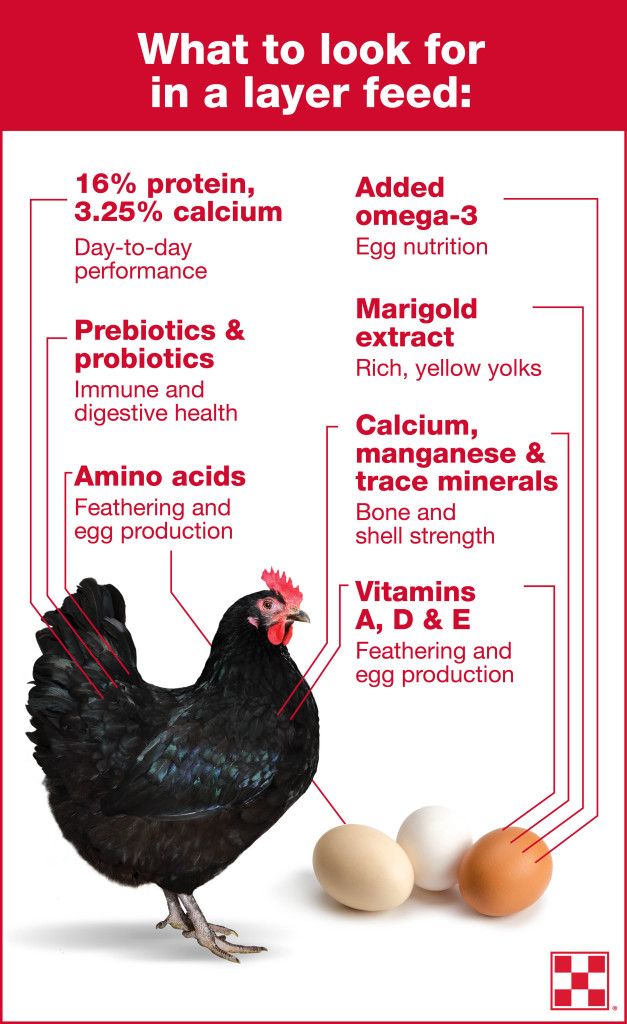 Yes, and cooking baby puree at home is not so difficult.
Yes, and cooking baby puree at home is not so difficult.
Vegetables or fruits?
Let's try to make baby puree for our beloved baby. Despite the fact that pediatricians of the last century recommended starting complementary foods with fruits, it is better to first introduce the child to vegetables - modern doctors and nutritionists have come to this conclusion. Boiled vegetables do not irritate the gastrointestinal tract, are better absorbed, satisfy hunger, do not cause allergies and increased gas formation. In addition, vegetables do not contain fructose, which irritates the pancreas. And one more weighty argument in favor of the fact that it is better to start with vegetables - fruits are tastier, and if the baby tries them first, he will refuse vegetables, because they will seem to him more insipid.
How to prepare baby vegetable puree
What can baby puree be made of? The ideal puree for the first feeding is from cauliflower or zucchini. A little later, you can introduce pumpkin, broccoli, carrots, potatoes and green peas. Before cooking, vegetables are washed well, peeled, cut into pieces and cooked - steamed, in the oven or in the usual way, in water. The first two methods are preferable because oven roasting and steaming preserve the vitamins, minerals, nutrients, and natural color in the vegetables. And most importantly - such vegetables are much tastier. Some nutritionists recommend boiling vegetables with their skins on before peeling them, so choose your own cooking method.
A little later, you can introduce pumpkin, broccoli, carrots, potatoes and green peas. Before cooking, vegetables are washed well, peeled, cut into pieces and cooked - steamed, in the oven or in the usual way, in water. The first two methods are preferable because oven roasting and steaming preserve the vitamins, minerals, nutrients, and natural color in the vegetables. And most importantly - such vegetables are much tastier. Some nutritionists recommend boiling vegetables with their skins on before peeling them, so choose your own cooking method.
If you do have to cook vegetables in a saucepan, use an enamel pot, add less water and put the vegetables in boiling water. Boil until soft, but do not overcook vegetables and fruits, otherwise they will become tasteless and lose a lot of vitamins. Ready vegetables are chopped with a blender until smooth and slightly diluted with water, vegetable broth, breast milk or mixture to a gruel state, since the child does not yet know how to digest thick food. Small pieces of vegetables in puree sometimes cause the baby to refuse to eat, so the knives in the blender should be well sharpened, and if there is no technique, you can grind the vegetables through a sieve. Salt and spices are usually not added to baby vegetable puree, and if the baby is more than 6 months old, you can put a little butter in the puree.
Small pieces of vegetables in puree sometimes cause the baby to refuse to eat, so the knives in the blender should be well sharpened, and if there is no technique, you can grind the vegetables through a sieve. Salt and spices are usually not added to baby vegetable puree, and if the baby is more than 6 months old, you can put a little butter in the puree.
A few rules for making baby puree at home
- Use only fresh vegetables and fruits.
- Water for cooking vegetables must be filtered or bottled.
- If you are using frozen foods, choose only whole fruits and vegetables as they retain the most nutrients.
- All utensils for preparing baby food should be perfectly clean, so if the knife falls on the floor, it should be washed well. Also, the presence of pets in the kitchen during the cooking process is not allowed.
- Avoid vegetables and fruits high in nitrates, such as spinach, lettuce, beets, melons, and watermelons, in infants' diets.
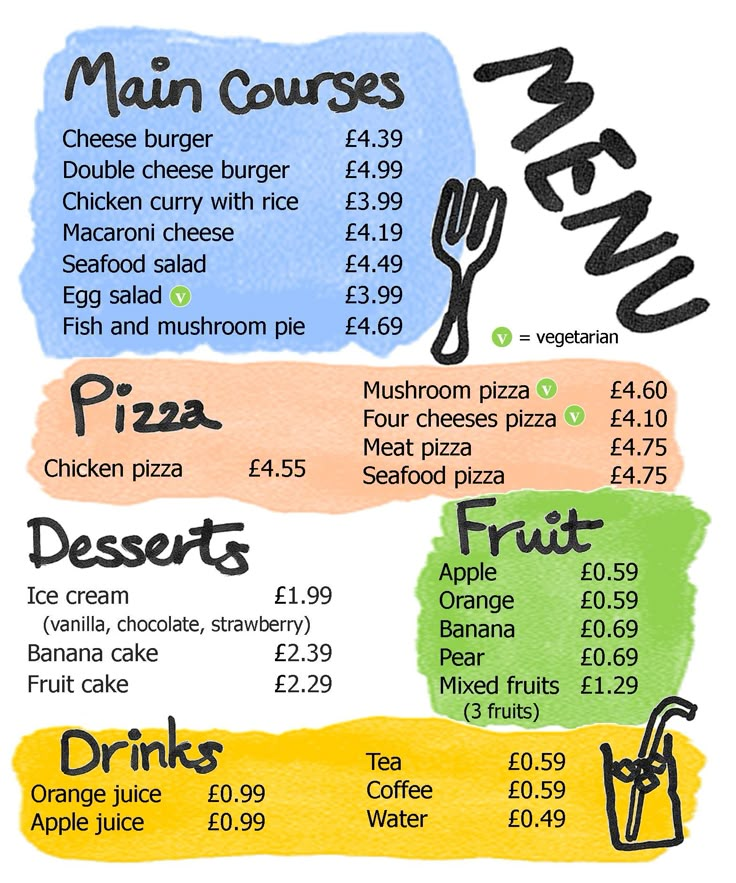
- Store-bought vegetables are recommended to be soaked in water to remove nitrates: 1-2 hours for this, up to 24 hours for potatoes.
- Mix sour-tasting fruits and berries with sweet fruits - for example, blackcurrant goes well with a banana or pear. Sour puree is unlikely to please the baby.
- Give your child only fresh food, but yesterday's puree from the refrigerator is better to eat yourself.
DIY fruit puree for children
Children are more likely to eat fruit puree, because fruits are tastier and sweeter. Fruits contain a large amount of vitamins, minerals, trace elements, fiber and antioxidants, so they are very useful for a growing body. However, fruits are strong allergens, especially berries, bananas, pomegranates and apricots, so they should be given with caution, watching the child's reaction. The most low-allergenic fruits are apples and pears, so it is better to start complementary foods with them, and then introduce all other fruits.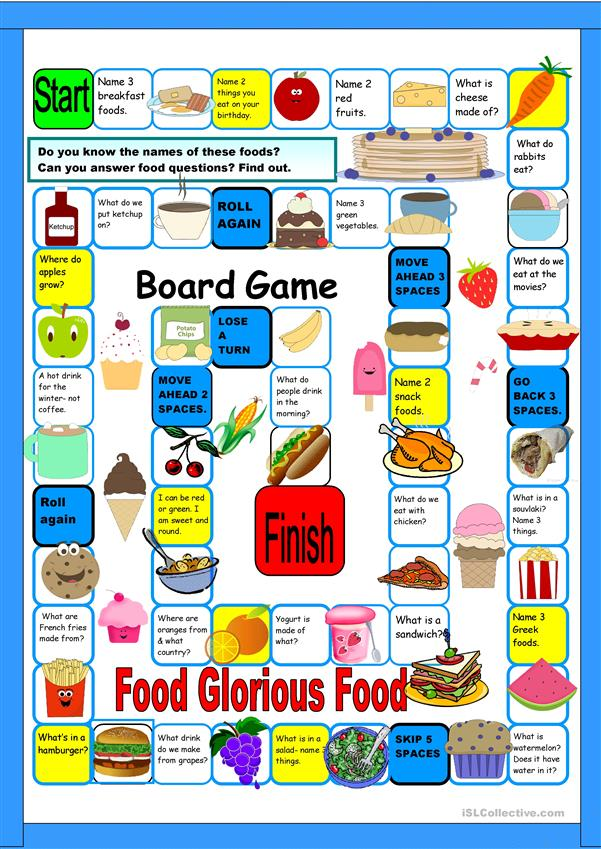 First, the baby is fed with a one-component puree made from only one product, and then you can mix different vegetables and fruits, and not only among themselves. Very tasty combinations of fruits and vegetables, such as apples and zucchini, pumpkins and pears.
First, the baby is fed with a one-component puree made from only one product, and then you can mix different vegetables and fruits, and not only among themselves. Very tasty combinations of fruits and vegetables, such as apples and zucchini, pumpkins and pears.
Fruits must be of good quality, without damage, ripe and juicy, and the rules for preparing fruits do not differ from the rules for cooking vegetables. Naturally, fruit puree is not sweetened with honey and sugar - the later the child learns the taste of sugar, the stronger his health will be.
Aromatic pumpkin puree
Babies love to eat pumpkin because of its pleasant sweet taste, besides pumpkin is very healthy. It contains a whole storehouse of various vitamins, including vitamin T, which normalizes the metabolism in the body. For pumpkin puree, small pumpkins are suitable, since large fruits are not as tasty and difficult to peel.
Cut the pumpkin in half, and then into small slices, one or two of which (depending on the appetite of the crumbs) cut into cubes. Boil the pumpkin in a double boiler or in water for 20 minutes, while warm, beat with a blender to a smooth puree and dilute if necessary with water or a mixture. Add oil and salt depending on the age of the child.
Boil the pumpkin in a double boiler or in water for 20 minutes, while warm, beat with a blender to a smooth puree and dilute if necessary with water or a mixture. Add oil and salt depending on the age of the child.
Gentle Broccoli Puree
One of my favorite homemade baby puree recipes is broccoli. This cabbage is extremely useful because it contains potassium, iron, calcium and other valuable substances. It has much more vitamin C than lemon, and the reason for its nutritional value is its high protein content.
Separate the broccoli into florets, wash thoroughly and steam for 20 minutes. Cabbage cooks faster in water - fresh broccoli will take 7 minutes, and frozen - about 15 minutes. Broccoli puree does not need much water, it should lightly coat the vegetables. After the cabbage becomes soft, chop it in a blender or pass through a sieve. If you're mashing for kids older than a year old, be sure to add butter - the little ones will gobble up broccoli on both cheeks!
How to make baby pear puree at home
Pear is a very delicate, tasty and healthy fruit that rarely causes intolerance.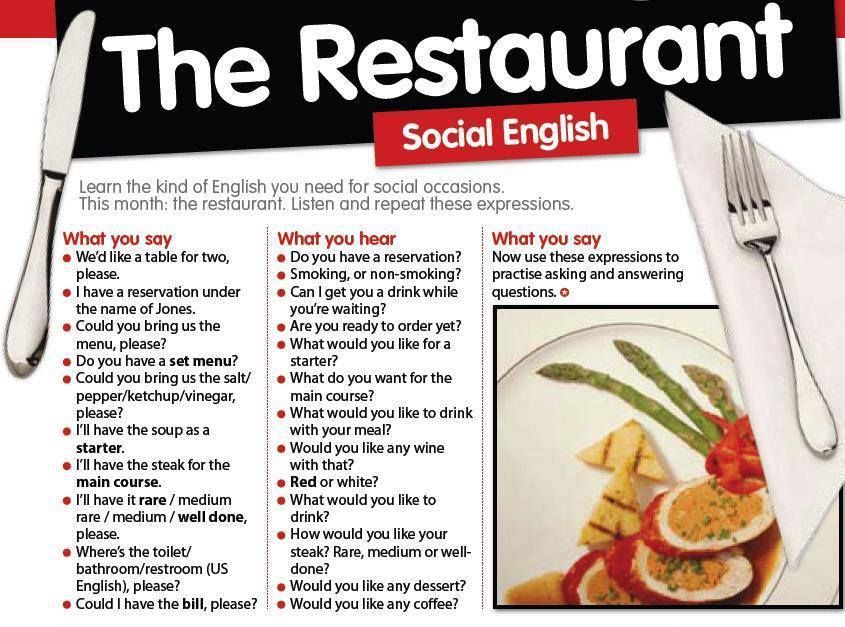 In addition to the high vitamin value, the pear has other beneficial properties - it facilitates digestion and removes toxins from the body.
In addition to the high vitamin value, the pear has other beneficial properties - it facilitates digestion and removes toxins from the body.
For baby food, choose green pears to reduce the risk of allergies, which are rare among babies. Peel the fruits from the peel and core with seeds, and then stew the pear in a bowl with a thick bottom in a small amount of water for 15 minutes. Let the pear cool slightly and puree it in a blender with a little of the remaining pear broth. For large kids, fruits can not be boiled, but add half a teaspoon of natural honey to the puree.
Zucchini and apple puree
Little gourmets will love this delicious puree, besides, zucchini is considered the most hypoallergenic vegetables, which, due to their high potassium content, have a beneficial effect on the heart. Apples contain iodine, iron and phosphorus, and due to the high concentration of vitamin C, apples help in the prevention of colds and viral infections.
Wash the zucchini and apples well, de-seed them, cut into pieces and cook in a saucepan for about 20 minutes, considering that the zucchini will cook 5 minutes faster.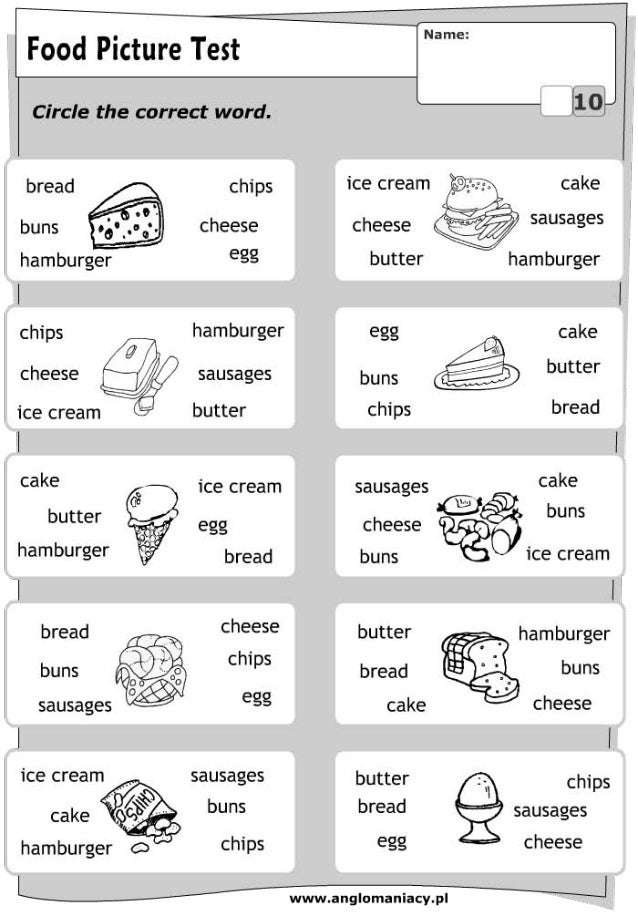 By the way, apples are steamed for 15 minutes, zucchini - 10 minutes. Next, vegetables and fruits are chopped in a blender, mixed and brought to a boil. For allergic children, this is the best side dish!
By the way, apples are steamed for 15 minutes, zucchini - 10 minutes. Next, vegetables and fruits are chopped in a blender, mixed and brought to a boil. For allergic children, this is the best side dish!
Exotic mango
Sometimes you can pamper your baby with exotic fruits - for example, make mango puree. This is a very delicate fruit with an original taste, containing 12 amino acids and improving sleep.
Choose only ripe fruits that are soft and reddish-yellow in color. Peel the mango from a thick skin and a large bone, put the pulp in a blender, add 2 tbsp. l. water and mash it, and then heat it in a saucepan for several minutes. For a baby up to a year old, it is better to give mashed potatoes with heat treatment to facilitate digestion, and older children can be fed raw mangoes.
Carrot and Potato Puree
Make normal potato puree without oil. Peel the carrots, grate them and stew them with butter and vegetable broth - about 1 tsp is required for 200 g of carrots. butter and 150 g of broth. When the carrot becomes very soft, wipe it through a sieve, and then put it on a plate, put mashed potatoes on the second half. Let the child choose whether to mix two types of puree for him or eat separately!
butter and 150 g of broth. When the carrot becomes very soft, wipe it through a sieve, and then put it on a plate, put mashed potatoes on the second half. Let the child choose whether to mix two types of puree for him or eat separately!
Pumpkin and apple puree
This sweet, sugar-free pumpkin-apple puree, cooked in a double boiler, is suitable for children who are already accustomed to “adult” food and are able to perceive a new unusual dish. It is better to take a pumpkin with a gray or green skin and with bright pulp - such fruits contain more vitamins and other useful substances. Apples are green because they have fewer allergens.
Cut pumpkin and apple flesh without peel or seeds into pieces, place in a steamer and cook for 20 minutes. Grind pumpkin, apples and raisins in a blender or by hand with a pusher if the child has already learned to chew. They say that this puree is very good for skin and hair, and you can check the truth of this statement yourself if you start feeding this dish to your baby.
In autumn, you can take care of preparing vegetables for baby purees. Some vegetables, such as pumpkin, carrots and apples, are stored fresh, and zucchini, broccoli, berries are frozen in small portions, because due to frequent freezing and thawing, vegetables lose vitamins and become tasteless. You can roll up fruit and vegetable puree in jars, but this snack should not be given to babies. Remember that the taste of vegetables determines whether the baby will love them in the future, so try to prepare an appetizing and tender puree - for health and good mood!
How to cook meat puree for babies
About nutrition
- Photo
- Parents
Babies will have to try baby meat puree not earlier than 7-8 months. At this age, the child grows and develops intensively, and the iron reserves that he accumulated while he was in his mother's tummy and during breastfeeding are depleted in his body. It is during this period that it is recommended to introduce baby meat puree into his diet. Meat is the main source of complete animal protein, which is necessary for a growing man to protect against infections, normal development and formation of teeth and bones. Properly prepared meat puree for the first feeding contains easily digestible iron, phosphorus, potassium, magnesium, zinc, B vitamins. It also contains extractives that stimulate the production of digestive enzymes and the digestive system.
It is during this period that it is recommended to introduce baby meat puree into his diet. Meat is the main source of complete animal protein, which is necessary for a growing man to protect against infections, normal development and formation of teeth and bones. Properly prepared meat puree for the first feeding contains easily digestible iron, phosphorus, potassium, magnesium, zinc, B vitamins. It also contains extractives that stimulate the production of digestive enzymes and the digestive system.
It is worth remembering the rules for the introduction of complementary foods. A new product is introduced gradually (over 5-7 days) starting with a small amount. It should be given in the morning to mark an unwanted reaction. Complementary foods are given from a spoon before breastfeeding or formula milk.
When feeding with mashed meat, start with a portion of 3–5 g (that’s 1/2 teaspoon), so that, gradually increasing its size, reach 60–80 g by 1 year. you can buy in the store, ready-made. Is it worth it to "fool around" with home cooking? It's up to you. There is no single answer to the question of which meat purees are best for your baby. But we think you will agree that a homemade recipe guarantees confidence in every ingredient. Yes, and cooking mashed potatoes at home is not difficult.
Is it worth it to "fool around" with home cooking? It's up to you. There is no single answer to the question of which meat purees are best for your baby. But we think you will agree that a homemade recipe guarantees confidence in every ingredient. Yes, and cooking mashed potatoes at home is not difficult.
Meat Puree for First Feeding: Recipe and Step by Step Instructions
You will need:
-
200-500 ml glass or ceramic cup
-
glass jar l
-
plastic or metal spoon
-
meat cutter
-
plastic cutting board (more hygienic, wood is more difficult to clean and germs can accumulate on it)
-
blender
-
actual piece of meat
1. Choosing meat
For the first feeding, it is recommended to choose hypoallergenic rabbit or turkey meat, which are easy to digest and contain little fat. Lamb and lean veal and beef are also not forbidden. Pork for babies will be too fatty and can cause a malfunction in the digestive system, chicken quite often causes allergic reactions.
Pork for babies will be too fatty and can cause a malfunction in the digestive system, chicken quite often causes allergic reactions.
It is recommended to buy meat for baby meat puree in a trusted store. Since any meat must pass veterinary control, the seller must carry a certificate confirming this procedure. Give preference to whole cuts of meat (not in cubes), fresh and juicy in appearance, not weathered. The cut of a piece of meat should be even, pink. A dark red or whitish cut indicates that the meat was either stored incorrectly, or is far from the first freshness.
To help a mother who is worried about the question “what to feed her baby”, we have prepared a material “What to feed a baby: a baby’s nutrition diary from birth to a year”
- Photo
- Parents
2. Preparing meat
Before preparing the meat puree for the first feeding, it is necessary to thoroughly rinse the meat under running cold or warm water. Remove fat, veins, skin, films from it and free it from bones.
Remove fat, veins, skin, films from it and free it from bones.
Then cut a piece of about 10 cm from the whole piece of meat. Meat puree, like other foods for babies, should not be stored. For this reason, at one time you will need a very small piece of meat. The remaining meat can be cut into larger pieces and put in the freezer. Just keep in mind that any food for babies can only be thawed once. A defrosted product cannot be re-frozen: temperature changes create a favorable environment for the reproduction of pathogens. So every time, intending to prepare meat puree for feeding, we take out 1 piece of meat from the freezer. For the first time, this amount is more than enough.
3. Rules for cooking meat for baby puree
Put the meat in a pot of cold water (remember, it must be filtered or bottled) and wait until it boils. After 5 minutes, drain the water (this is necessary to get rid of fat and extractives that make digestion difficult) and fill the meat with new water, it should cover it. Cook the meat until tender over low heat for about 2 hours (turkey, veal and lamb should be cooked until tender for 1-1.5 hours). If the water boils away, add it again. And remember that kids do not need to salt and add spices to the meat.
Cook the meat until tender over low heat for about 2 hours (turkey, veal and lamb should be cooked until tender for 1-1.5 hours). If the water boils away, add it again. And remember that kids do not need to salt and add spices to the meat.
Find out how to make a menu for a one-year-old baby here: “Almost an adult menu: what to feed a child from one to two years old”
- Photo
- Parents
4. Cooking meat puree
When the meat is cooked cut it into small pieces. Then grind the pieces in a blender.
To make puree a homogeneous consistency, similar to thick porridge, add a few tablespoons of the mixture or vegetable broth to it (meat broth is not allowed for babies!).
Ready-made meat puree can be mixed with vegetable puree, which is already familiar to the baby. So the child will more easily accept the new product. You can also pour a few drops of vegetable oil into the meat puree (7-month-old children are entitled to 5 ml).
You can also pour a few drops of vegetable oil into the meat puree (7-month-old children are entitled to 5 ml).
The first serving of meat puree should be 0.5 teaspoon. Pay close attention to your child's reaction. If everything is in order, after a week you can increase the portion. By the year the child should already consume portions of 60-80 g of meat. It is best to feed baby meat puree at lunchtime. 9
Homemade beef mash for babies
What you need: 40 g beef, water, 1 teaspoon butter
Cut the washed meat, without bones, membranes and sinews into small pieces. Stew the pieces in a small amount of water until fully cooked, about 2 hours. Cool the finished meat and scroll twice through a meat grinder, and then chop in a blender. This way you will achieve a uniform consistency. Add a little vegetable broth to the resulting puree and bring to a boil.